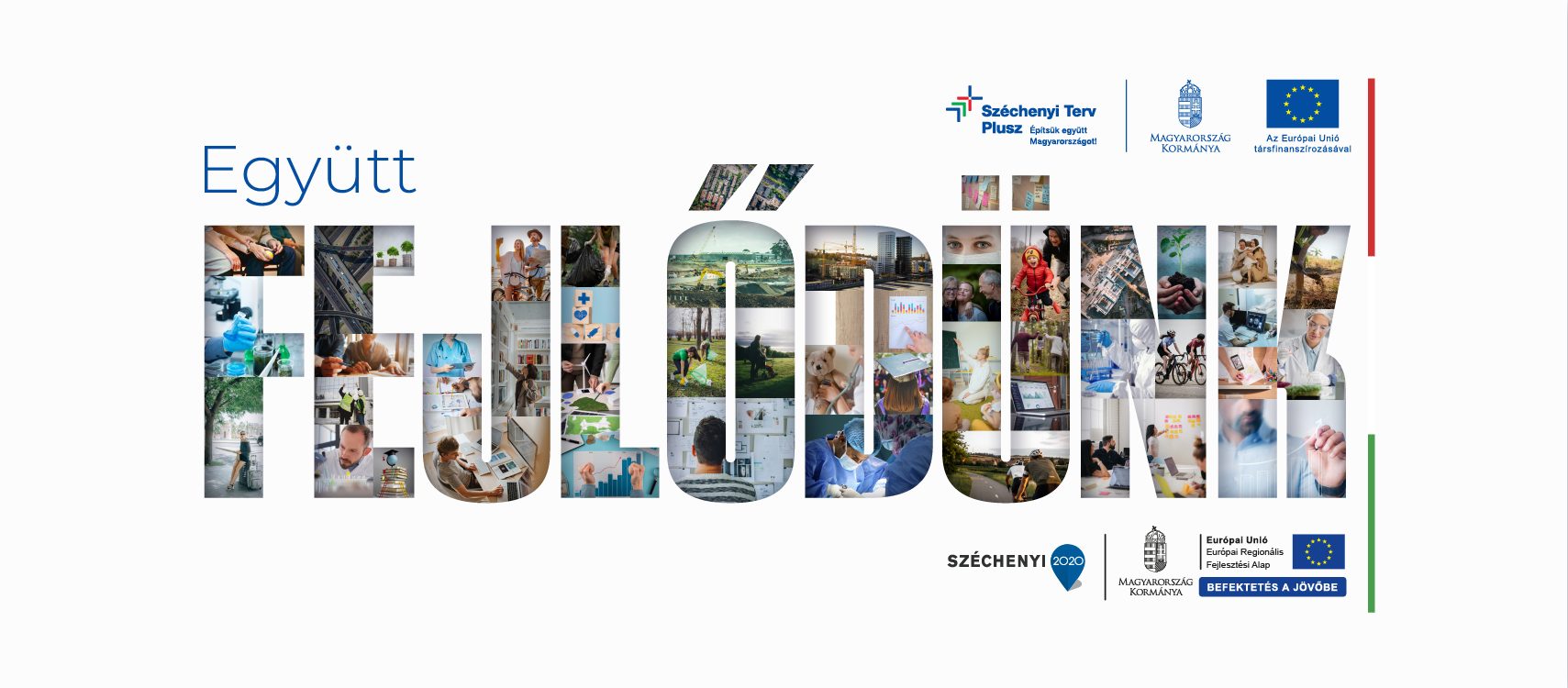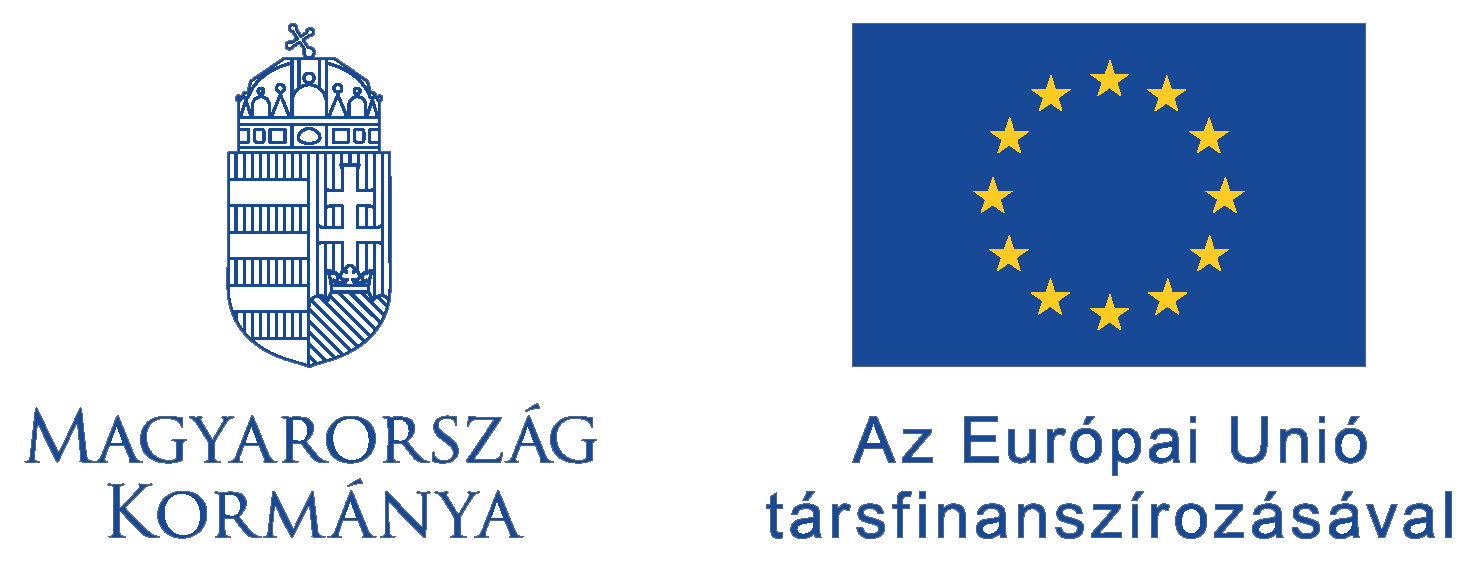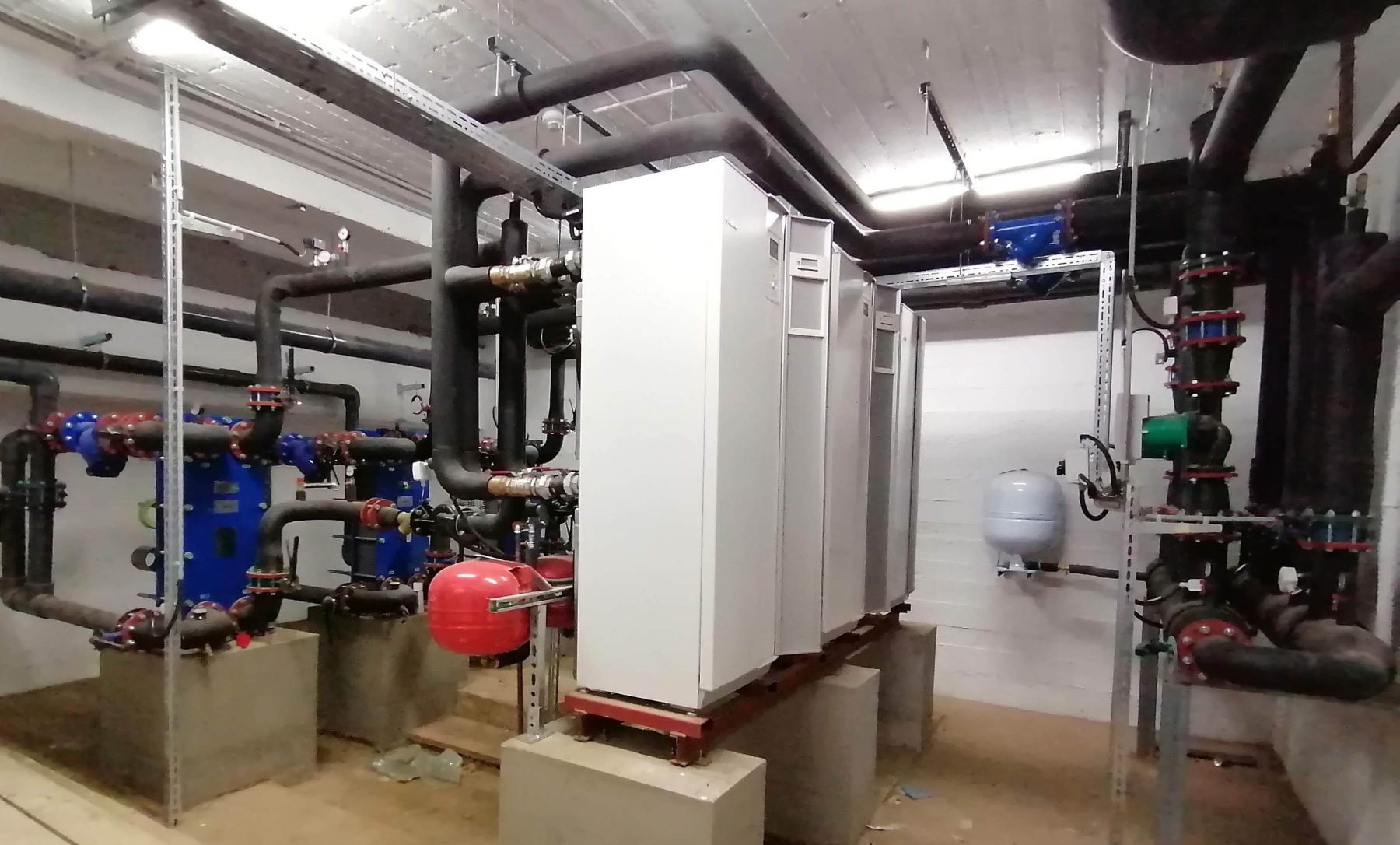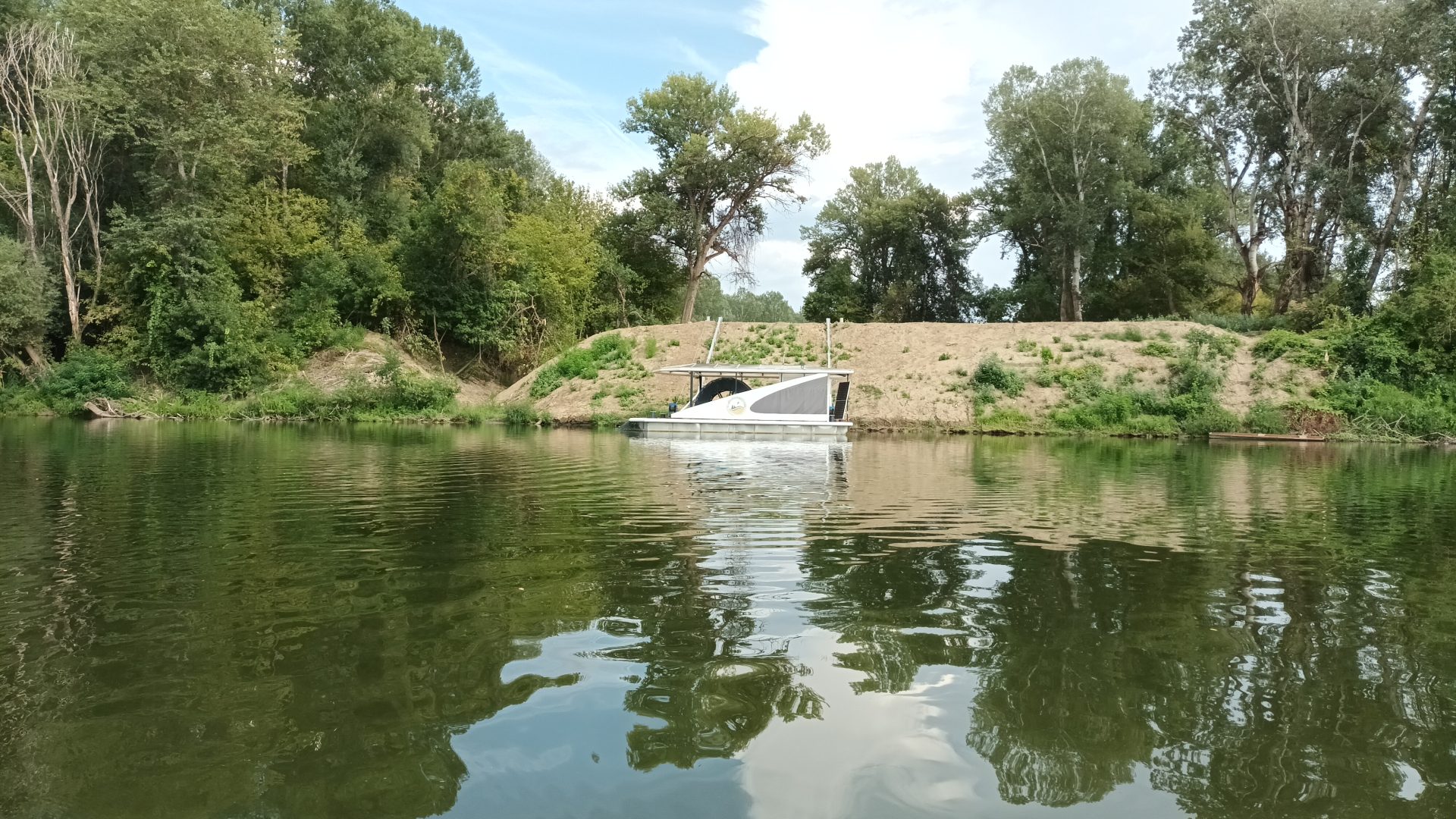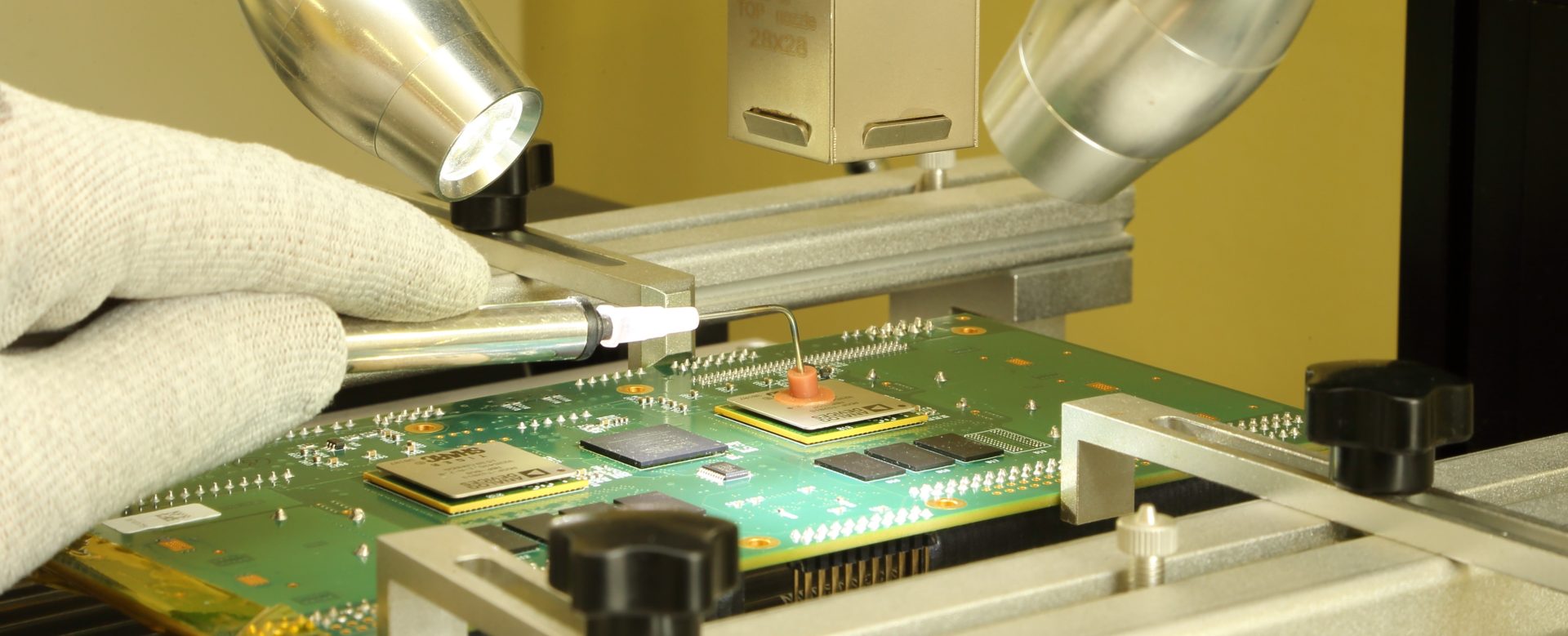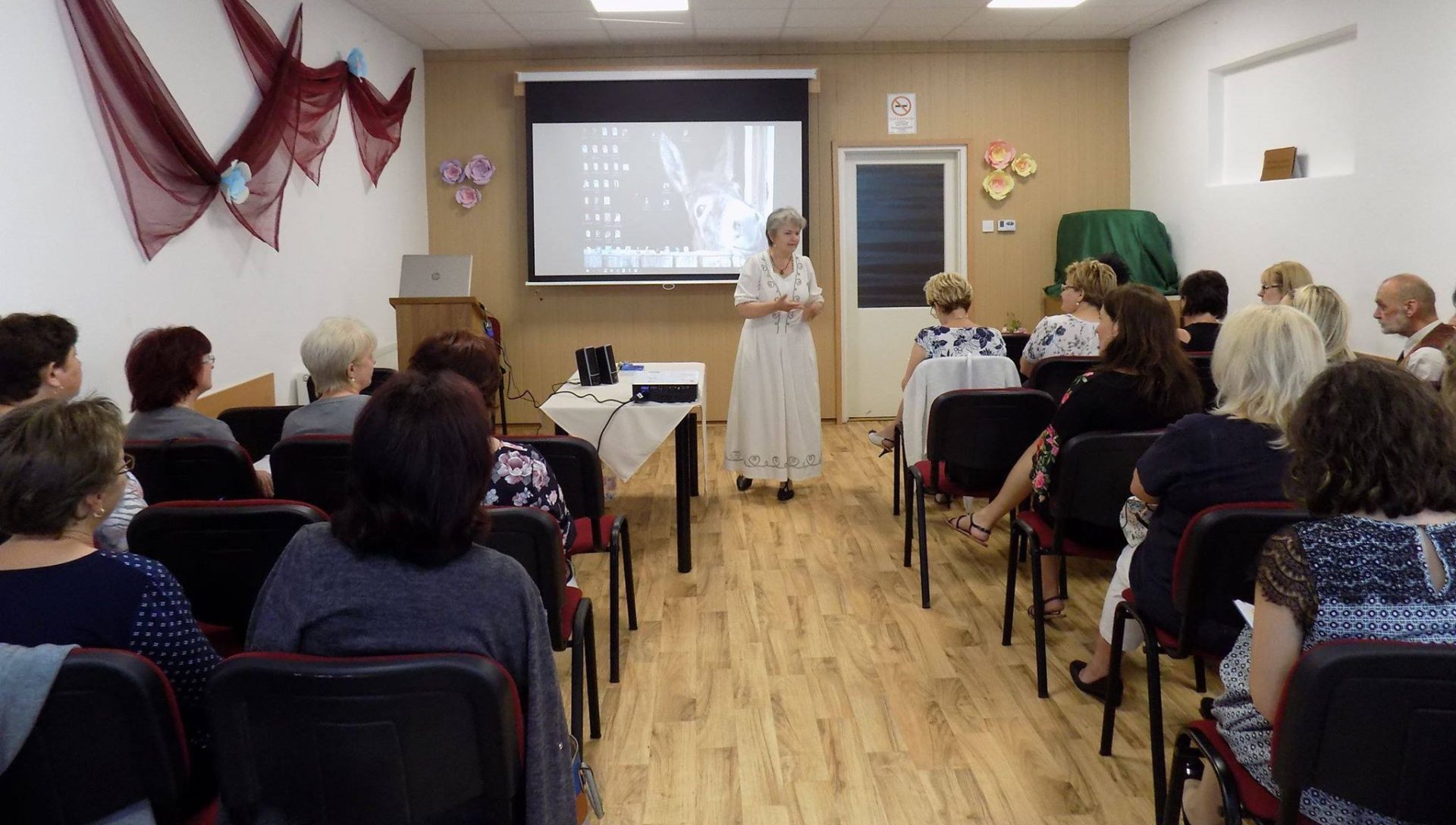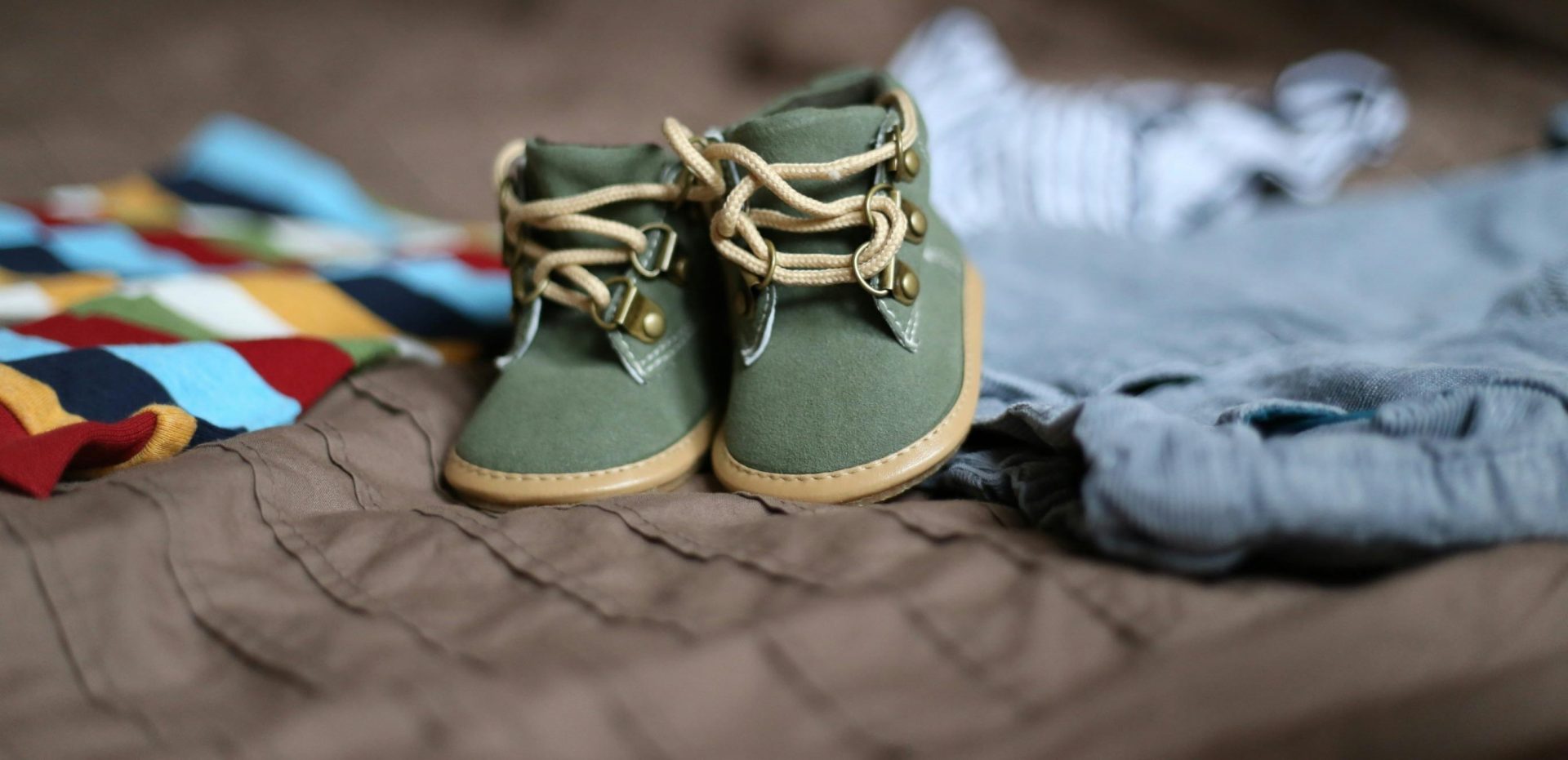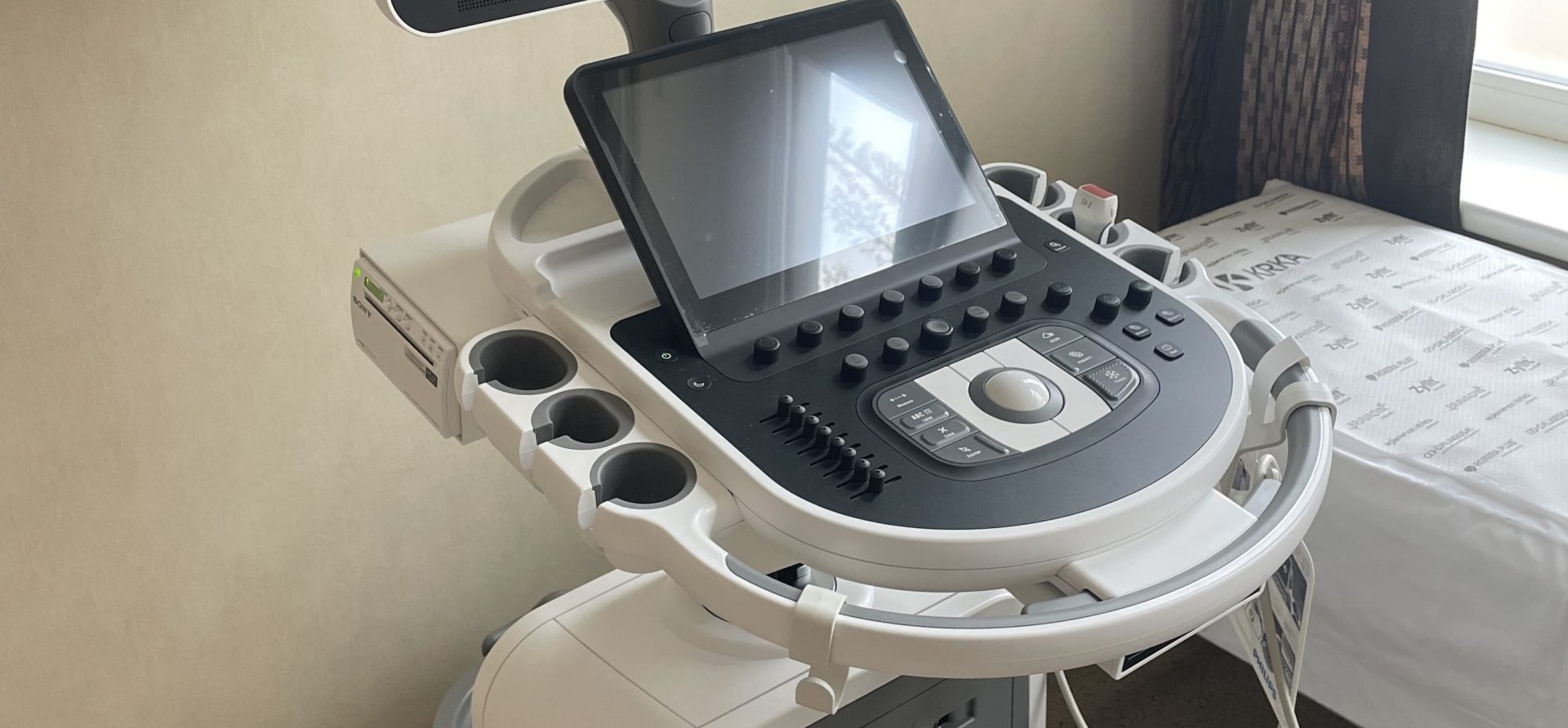The history of baths in our country dates back to ancient times; the Romans already utilised the waters of the local healing and thermal springs in the area of Aquincum. The thermal springs of Buda were popular bathing places even in the Middle Ages, which underwent significant development during the Turkish era, one of the most beautiful examples of this being Veli Bej.
| Sokollu Mustafa, the most famous Pasha of Buda, built the Veli Bej between 1574 and 1575, one of Budapest’s oldest Turkish baths. The Turkish Pasha did not find this place by chance to build a bath next to the “Country Road” leading north from Buda, as even the Romans enjoyed the blessings of the hot springs here. Data shows that Attila, the ruler of the Huns and the Hungarian Grand Prince Árpád also camped around here, and the Johannite knights summoned by Béla IV. also operated a hospital in this place. Before the Turkish times, during the reign of King Matthias, there was already a bath established for regular use at the site of present-day Császár Baths (source: irgalmasrend.hu). |
The Veli bej remained even after the Turkish era and has been part of the building of the Buda Order of Mercy Hospital since 1806. The complex of the Császár Baths was completed in the second half of the 19th century around the Turkish bath based on the designs of József Hild. The facility was expanded with a competitive swimming pool in 1926, and the same year it also hosted the European Championships in swimming, diving, and water polo. In connection with this historically rich spa, the Komjádi Sports Pool was built in 1976, named after Béla Komjádi, the coach of our Olympic gold medal-winning Hungarian water polo team. The open-roofed swimming pool is home to the multiple-time Hungarian champion and cup-winning Vasas water polo team, and our professional swimmers also train here; in addition, it serves as the venue for numerous sport events each year.The pool building, constructed in 1976, has become outdated due to its age, making its maintenance costly, and its energy efficiency indicators have not met the standards expected in modern times.
Significant developments have taken place to address these issues, with the support of the European Union and the Hungarian state. As part of the Environmental and Energy Efficiency Operational Programme, a project was carried out which involved the insulation of the external boundary walls and the base of the building wing on Árpád Fejedelem Street, as well as the replacement of the institution’s windows with modern ones equipped with thermal insulation glazing. The building’s mechanical system has also been upgraded: a water heat pump system was installed as part of the modernization of the heating network, and a solar panel system was installed on the building’s roof to reduce electricity consumption.
The development results in an annual energy saving of 700,000 kW, which is considered quite significant. As a result of the energy efficiency renovation, the pool building can not only be operated more sustainably, but also, thanks to its improved heat retention capabilities, it can provide a more comfortable temperature in the pool area during any season.
The development was implemented from EU funding in the project KEHOP-5.2.12.-17-2018-00013 under the Environmental and Energy Efficiency Operational Programme.
Find out more about the project in the Project Finder:Details
